My Favourite Painting: Kate Mosse
Author Kate Mosse chooses The Last Judgement by John Martin as her favourite painting.
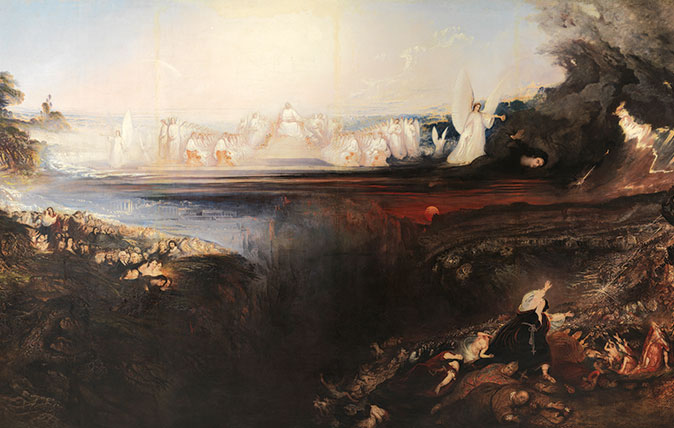

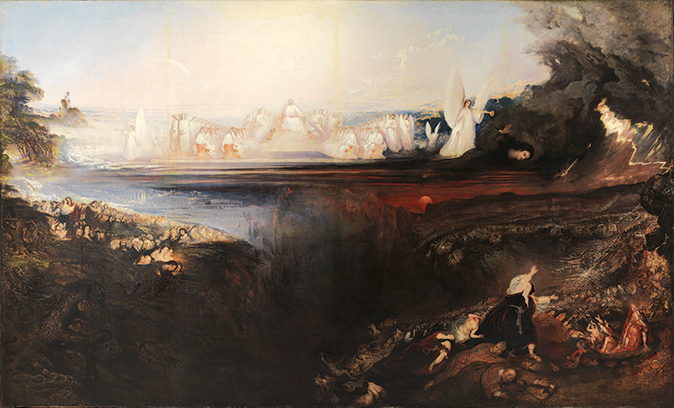
Kate Mosse chooses The Last Judgement by John Martin
‘Inspired by the Book of Revelations - and Martin’s own profound Christian faith – the painting seems at first to shimmer with power and glory and salvation. The eye is drawn to the thrones and dominions, the gold of the trumpets and the blurring of Heaven and Earth. White wings and white skies.
‘But nothing is what it seems. Quickly, our gaze slips down to the dark green hills and grey rock, then down lower still to humankind divided: the redeemed and the damned. The detail is astonishing, from the expressions on people’s faces to the glimpse of a train being sucked into the red abyss. Magnificent.’
Kate Mosse is a novelist, playwright and founder director of the Women’s Prize for Fiction. Her latest novel, The Burning Chambers, is out now

John McEwen on The Last Judgement
Kate Mosse’s choice, the centrepiece of the triptych, completes our coverage of John Martin’s final project on this page – its supporting pictures, The Great Day of his Wrath and The Plains of Heaven, were chosen, respectively, by Peter York and the former Bishop of London Richard Chartres.
In the 1853 pamphlet accompanying its display, the triptych was described as ‘Heaven and Earth are passing away, and all things are made new’. The Last Judgement, his ‘most ambitious composition’ (William Feaver, The Art of John Martin), was the first of the three paintings to be completed.
The triptych went on a British tour from 1853 to 1855, when it was seen by two million paying visitors. A descriptive key in the pamphlet allowed it to be ‘profitably studied for hours’.
In The Last Judgement, Christ enthroned is accompanied by angels. Mankind is below, with a mighty chasm dividing the saved from the damned. Among the saved, as Martin wrote: ‘The high-caste Indian clasps the low-caste African, the Chinese, the European, the American, holy martyrs, the high and low – the greatest and meanest – of every age, country and station.’
Sign up for the Country Life Newsletter
Exquisite houses, the beauty of Nature, and how to get the most from your life, straight to your inbox.
Thirty-four individuals are honoured with portraits, among them Dante, Milton, Shakespeare, Michelangelo, Rubens, Dürer and his contemporary, the painter David Wilkie.
Martin had personal cataclysmic experience; the threat of bankruptcy and ruin a few years before were enough to make his wife fear ‘he would go out of his mind’. The Last Judgement has had a similarly topsy-turvy history. Having toured Britain, America and even Australia at the height of its celebrity, in 1946, it was discovered ‘in a private house… cut into four parts and mounted as a screen’.
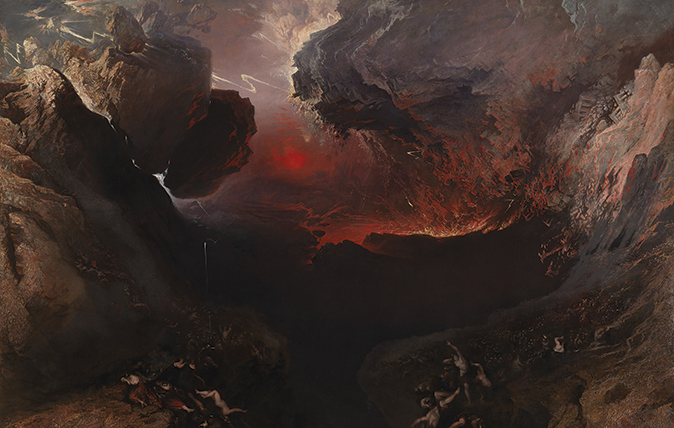
My favourite painting: Peter York
'I liked the CGI-ness (as we’d call it now) of it'
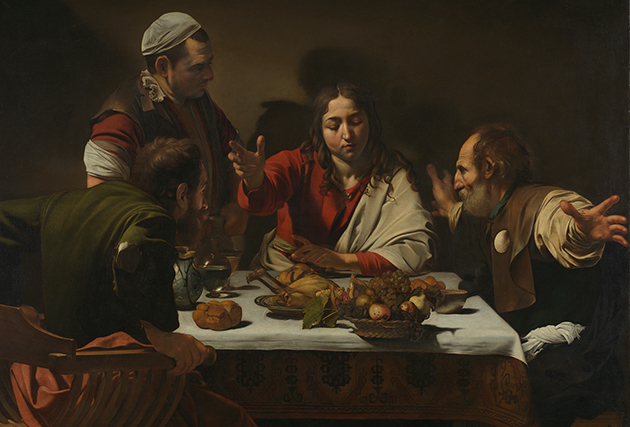
My favourite painting: The Bishop of Worcester
The Bishop of Worcester chooses his favourite painting for our Easter Issue
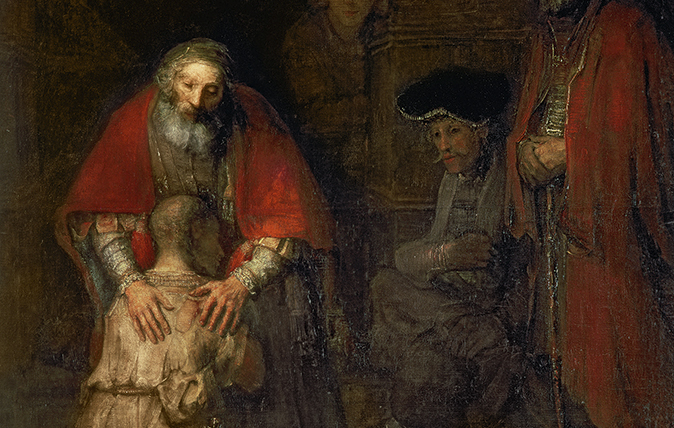
My favourite painting: Patrick Bishop
'Knowing the work was one of Rembrandt’s last makes it yet more potent and uplifting.'
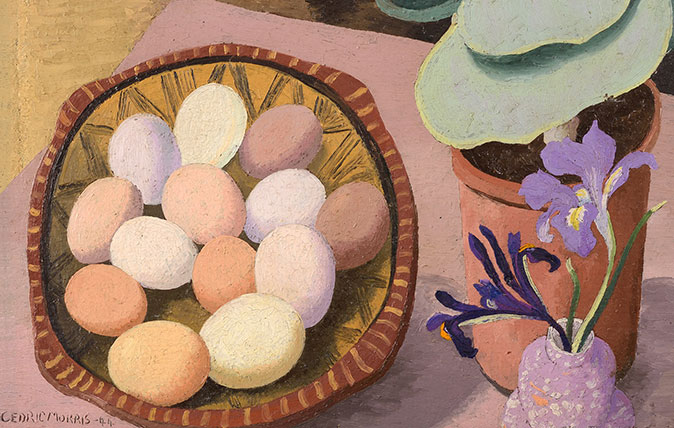
In Focus: The plantsman-turned-artist who found art in flowers, and painted from corner to corner
Cedric Morris's striking still life images have been largely forgotten for three decades, but three new shows are ending that
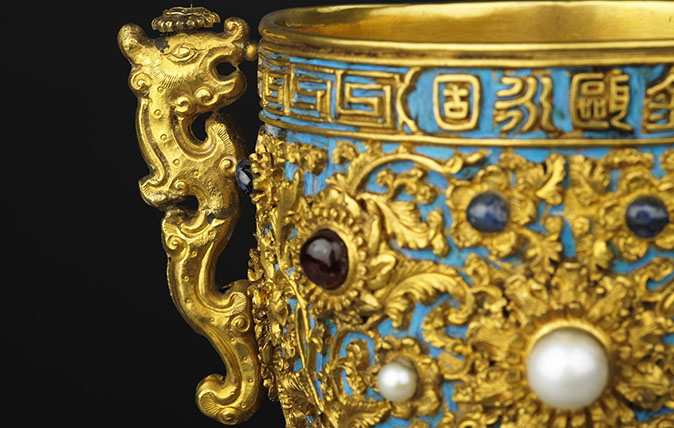
In Focus: The gleaming cups made from gold and kingfisher feathers at the heart of a great British collection
When Richard Wallace, the illegitimate son of a Marquess unexpectedly inherited his father's art collection, he did himself and his
Country Life is unlike any other magazine: the only glossy weekly on the newsstand and the only magazine that has been guest-edited by HRH The King not once, but twice. It is a celebration of modern rural life and all its diverse joys and pleasures — that was first published in Queen Victoria's Diamond Jubilee year. Our eclectic mixture of witty and informative content — from the most up-to-date property news and commentary and a coveted glimpse inside some of the UK's best houses and gardens, to gardening, the arts and interior design, written by experts in their field — still cannot be found in print or online, anywhere else.
-
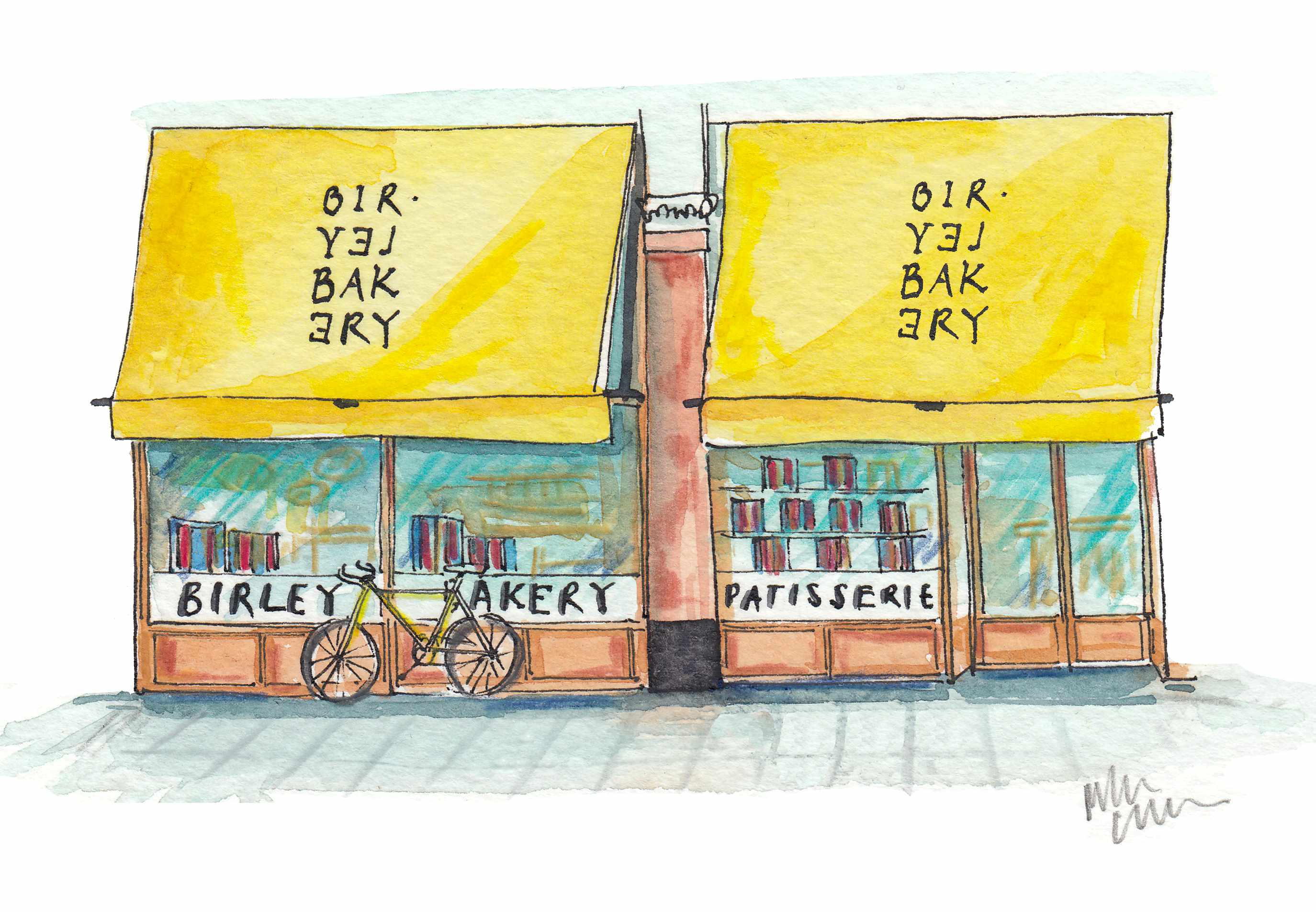 'That’s the real recipe for creating emotion': Birley Bakery's Vincent Zanardi's consuming passions
'That’s the real recipe for creating emotion': Birley Bakery's Vincent Zanardi's consuming passionsVincent Zanardi reveals the present from his grandfather that he'd never sell and his most memorable meal.
By Rosie Paterson
-
 The Business Class product that spawned a generation of knock-offs: What it’s like to fly in Qatar Airways’ Qsuite cabin
The Business Class product that spawned a generation of knock-offs: What it’s like to fly in Qatar Airways’ Qsuite cabinQatar Airways’ Qsuite cabin has been setting the standard for Business Class travel since it was introduced in 2017.
By Rosie Paterson
-
 The five minute guide to 'The Great Gatsby', a century on from its publication
The five minute guide to 'The Great Gatsby', a century on from its publication'The Great Gatsby' sold poorly the year it was published, but, in the following century, it went on to become a cornerstone of world literature.
By Carla Passino
-
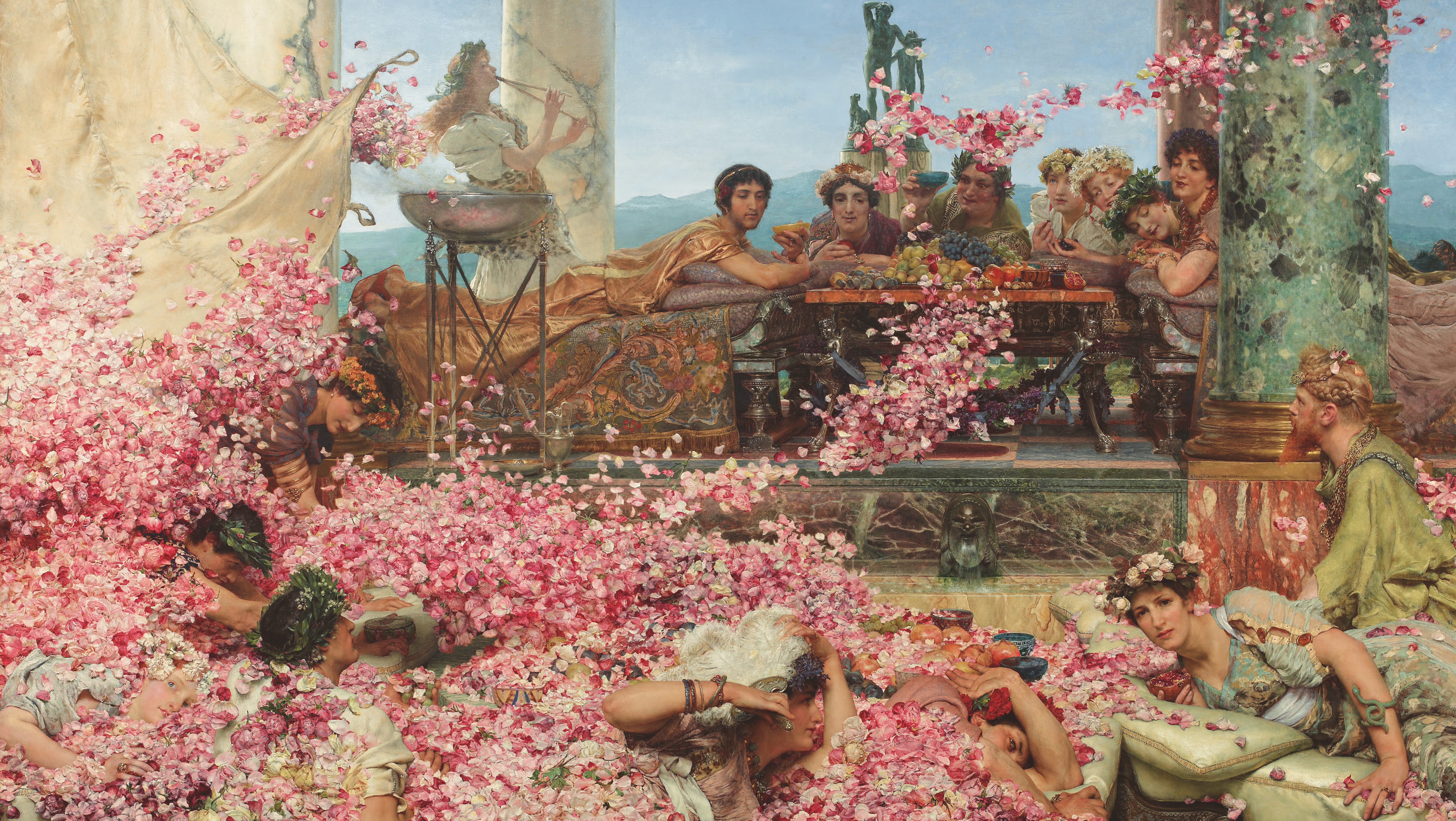 Love, sex and death: Our near-universal obsession with the rose
Love, sex and death: Our near-universal obsession with the roseNo flower is more entwined with myth, religion, politics and the human form than the humble rose — and now there's a new coffee table book celebrating them in all of their glory.
By Amy de la Haye
-
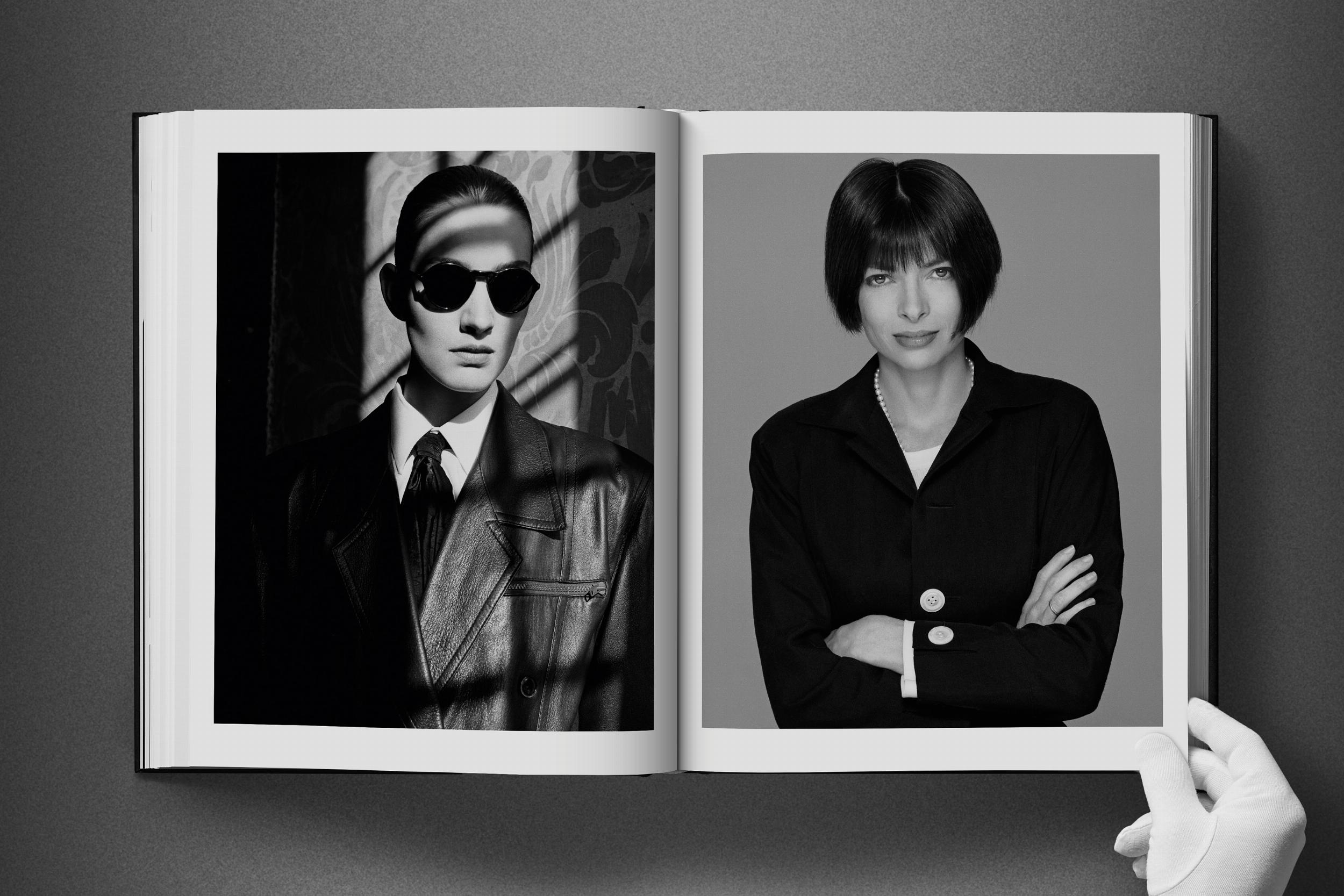 When London was beginning to establish itself as modern cultural powerhouse: The 1980s according to David Bailey
When London was beginning to establish itself as modern cultural powerhouse: The 1980s according to David BaileyIn his new book ‘Eighties Bailey’, ‘era-defining’ photographer David Bailey explores a time when London and the UK were at the centre of the fashion, art and publishing worlds.
By Richard MacKichan
-
 The life and times of P. G. Wodehouse, 50 years on from his death
The life and times of P. G. Wodehouse, 50 years on from his deathBertie Wooster, Jeeves, Lord Emsworth and the Blandings Castle set: P. G. Wodehouse’s creations made him one of the most widely read humorists of the 20th century, but he was denounced as a traitor and a Nazi.
By Roderick Easdale
-
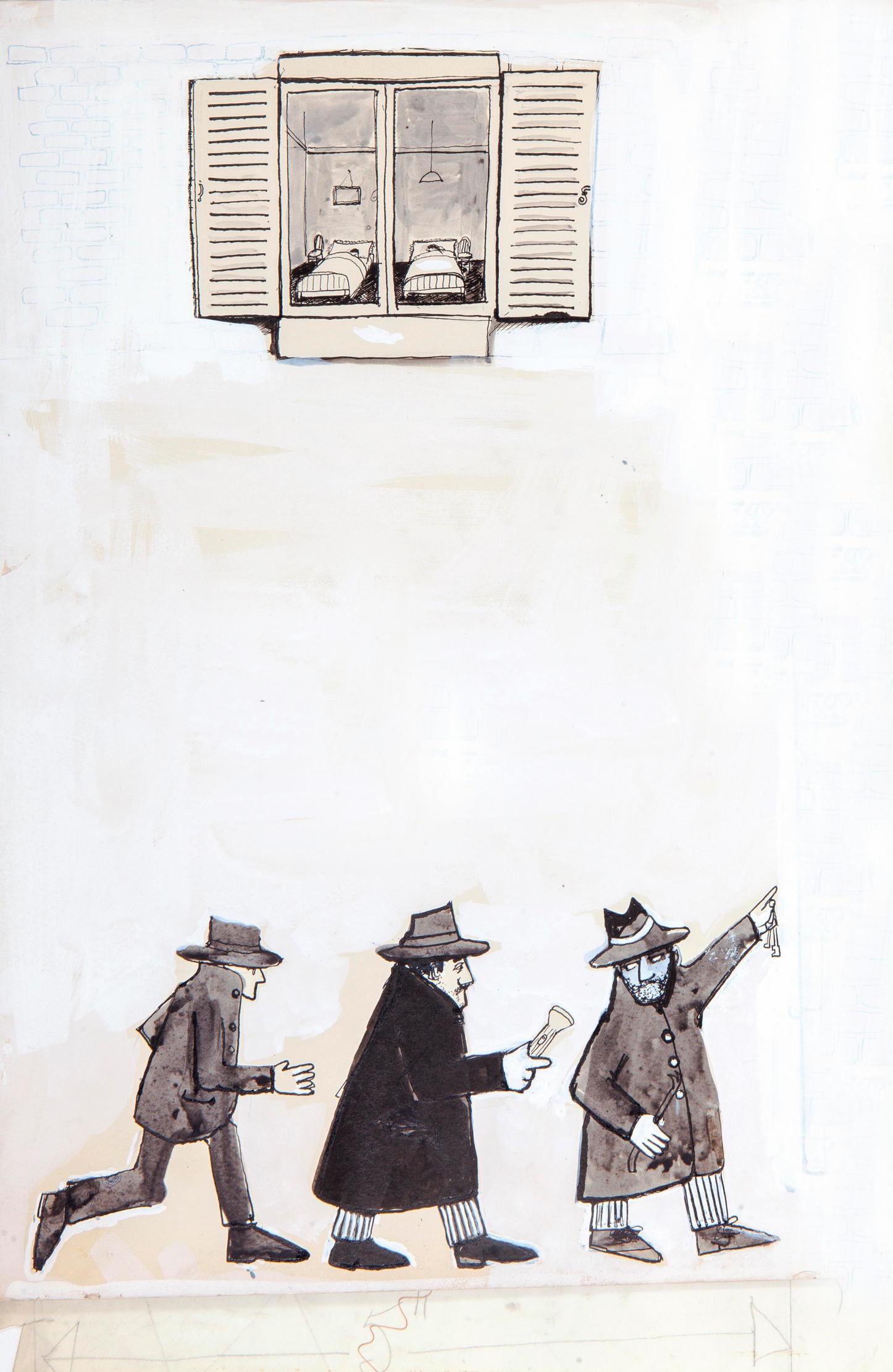 The story of how 007 creator Ian Fleming came to write Chitty-Chitty-Bang-Bang
The story of how 007 creator Ian Fleming came to write Chitty-Chitty-Bang-BangChitty-Chitty-Bang-Bang, our fine four-fendered friend, turns 60 on October 22nd. Mary Miers relives the adventures of the magical flying car and reveals the little-known story of its creation by Ian Fleming, as the writer turned his attention from the world of 007 to a children's tale.
By Mary Miers
-
 'As a child I wanted to snuggle up with the dogs and be part of it': Alexia Robinson chooses her favourite painting
'As a child I wanted to snuggle up with the dogs and be part of it': Alexia Robinson chooses her favourite paintingAlexia Robinson, founder of Love British Food, chooses an Edwin Landseer classic.
By Charlotte Mullins
-
 The Pre-Raphaelite painter who swapped 'willowy, nubile women' for stained glass — and created some of the best examples in Britain
The Pre-Raphaelite painter who swapped 'willowy, nubile women' for stained glass — and created some of the best examples in BritainThe painter Edward Burne-Jones turned from paint to glass for much of his career. James Hughes, director of the Victorian Society, chooses a glass masterpiece by Burne-Jones as his favourite 'painting'.
By Charlotte Mullins
-
 'I can’t look away. I’m captivated': The painter who takes years over each portrait, with the only guarantee being that it won't look like the subject
'I can’t look away. I’m captivated': The painter who takes years over each portrait, with the only guarantee being that it won't look like the subjectFor Country Life's My Favourite Painting slot, the writer Emily Howes chooses a work by a daring and challenging artist: Frank Auerbach.
By Toby Keel